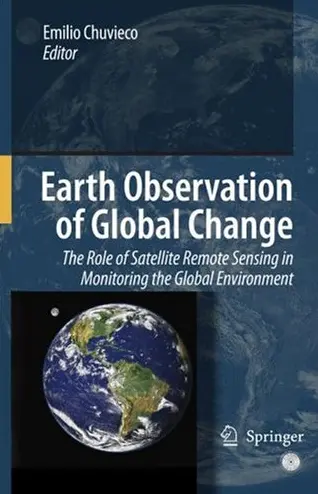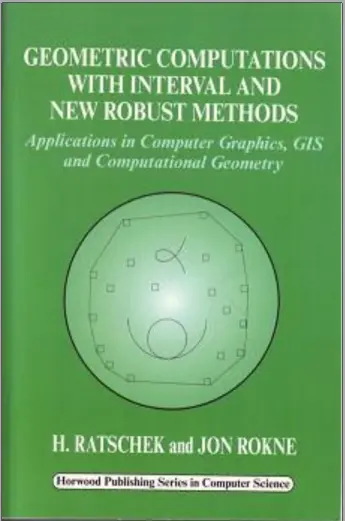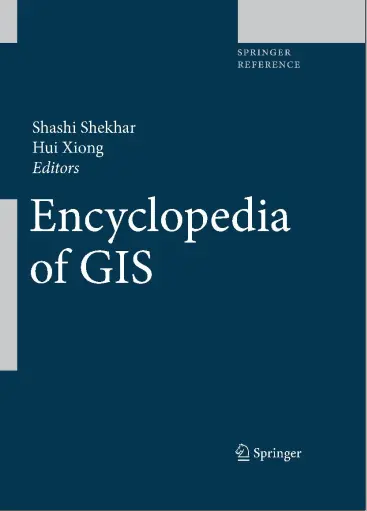Encyclopedia of GIS
📚 Encyclopedia of GIS – The Definitive Guide to Geospatial Science and Technology
“Encyclopedia of GIS” is the most comprehensive reference work available for the global field of Geographic Information Systems. Spanning thousands of concepts, algorithms, technologies, and real-world case studies, this encyclopedia offers in-depth entries written by leading researchers, developers, and GIS practitioners.
Covering everything from spatial databases, topology, geocoding, spatial analysis, remote sensing, location-based services, GIS software architecture to AI in GIS, geospatial ethics, map algebra, and data mining — this encyclopedia is a one-stop resource for students, professionals, and researchers alike.
This work is ideal for:
- 🧑🎓 GIS learners needing clear definitions and explanations
- 💻 Developers integrating spatial logic into apps or platforms
- 🗺️ Researchers exploring GIS algorithms and spatial data structures
- 📊 Analysts needing fast references for models, tools, and terms
Whether you're decoding Voronoi diagrams, debugging spatial indexes, or exploring geospatial AI, this encyclopedia ensures that no GIS term, technique, or tool remains out of reach.
Keywords: GIS Encyclopedia, Spatial Algorithms, GIS Terminology, Geospatial Concepts, GIS Reference Book, GIS Knowledge Base, GIS Technologies, Location Intelligence, Spatial Computing







comments
Leave a Reply
Your email address will not be published. Required fields are marked *